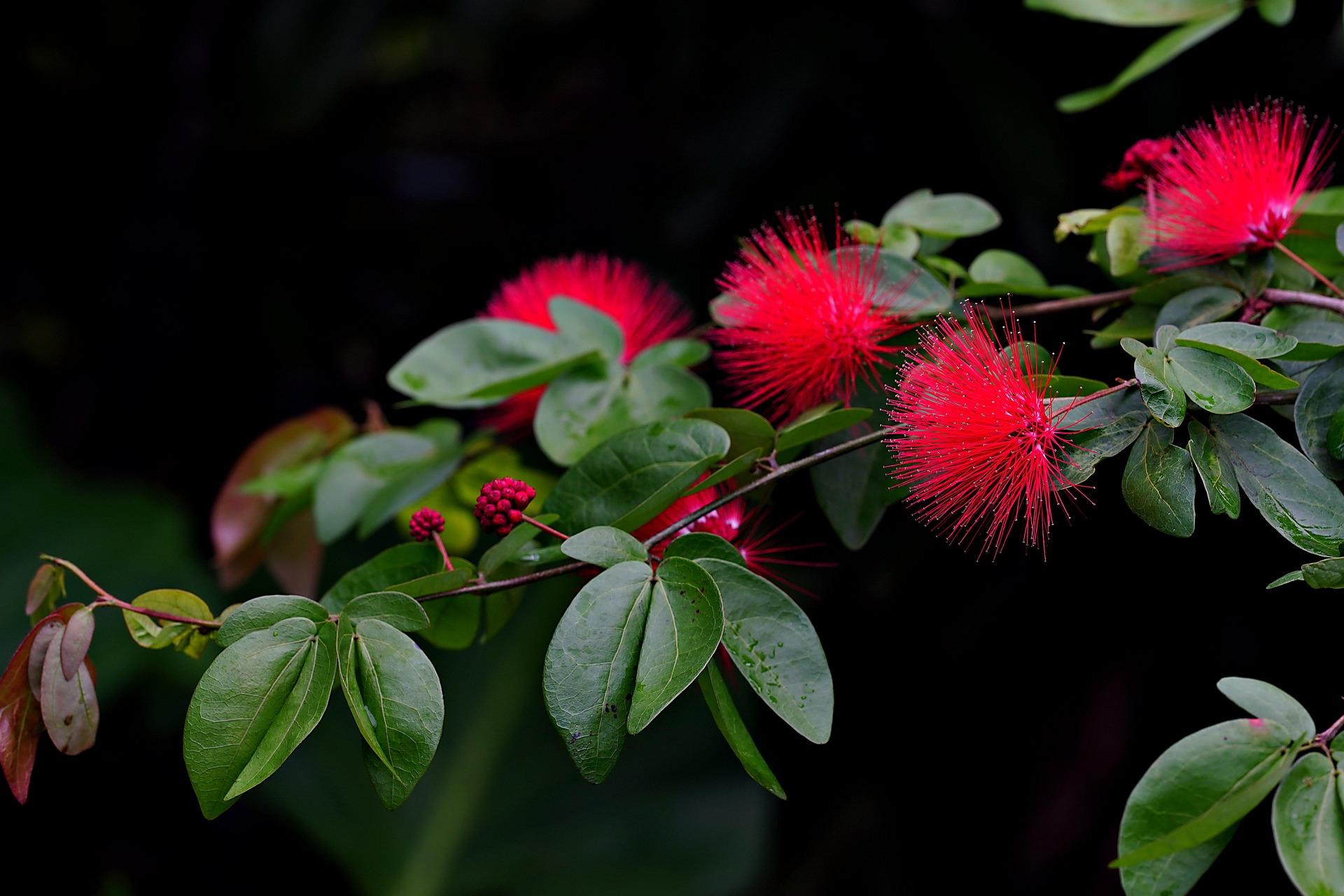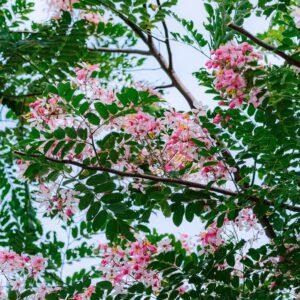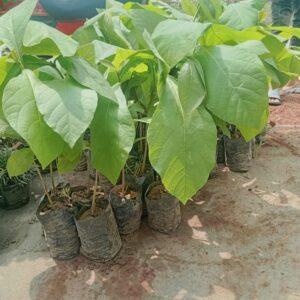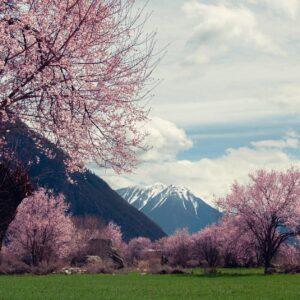Calliandra Bush“The Powder Puff Blooming Wonder: Calliandra Bush
The Calliandra Bush, a beautiful tropical and subtropical plant, is valued for its vibrant, fluffy, powder puff-like blossoms, which come in pink, red, or white. It is a member of the legume family (Fabaceae) and is popular with butterflies, bees, and hummingbirds because of its beauty and rapid growth.
Calliandra, which is frequently found in gardens, hedges, and butterfly areas, adds ecological worth and beauty to any sunny outdoor setting. It is ideal for tropical landscaping, pots, and even bonsai due to its beautiful, fern-like leaves and continuous blooms.
A Summary of Botany
Scientific Name: Calliandra haematocephala (most common species)
Red Powder Puff, Powder Puff Plant, and Calliandra Bush are the most common names.
Fabaceae (Legume family)
Bolivia, Peru, and the tropical regions of South America are where it all began.
Kind: Blooming shrub, evergreen or semi-evergreen
Height: 5–15 feet (1.5–4.5 meters)
Between 4 and 8 feet apart
Leafs: delicate, feathery, bipinnate, and touch-sensitive
Flowers: Eye-catching, fluffy, primarily red or pink (also white), and up to 4 inches in diameter.
Bloom Peak in spring and fall; majority of the year in warm regions
☀️ Climate and Sunlight Needs
Sunlight:
needs direct sunshine or partial shade
optimal blooming occurs with 6–8 hours of continuous sunshine
Temperature:
Optimal range: 20°C to 35°C
USDA Zones 9–11 are where it is hardy.
Although it may die back in frost, it regrows in the spring from its roots.
☀️ Thrives in tropical gardens, coastal areas, and city courtyards.
💧 Water Needs
Young Plants:
To encourage roots to form, water two or three times each week.
Keep the soil wet but not wet.
Established Plants:
Water once or twice a week, depending on the climate.
After maturity, it can withstand short periods of drought.
Maintain the plant hydrated during hot, dry weather in order to keep it blooming. Soil moisture is preserved by mulching.
Requirements for Soil
Kind:
Prefers sandy, loamy, or well-drained soil.
Improve soil by adding compost or organic materials
pH Range: Between neutral and somewhat acidic (6.0–7.0)
Avoid waterlogged locations or heavy clay soil.
Schedule of Fertilization
The Growing Season, which runs from spring until the beginning of fall, is when plants grow.
Give a well-balanced flower fertilizer (N=10, P=10, K=10 or 5-10-5) every four to six weeks.
For improved flowering, you might choose to include fish emulsion or compost.
Winter:
When growth slows, cease fertilizing.
Choose bloom enhancers if necessary since excessive nitrogen can result in leafy development with fewer blooms.
✂️ Pruning and upkeep
Ideal Time to Prune:
Following blooming or during the start of spring
Can withstand severe pruning to modify shape or decrease size
Advice for Upkeep:
To promote bushiness, prune lightly after each blooming period.
Get rid of any branches that are dead or overcrowded.
With frequent trimming, may be fashioned into topiaries, bonsai, or hedges.
🌿 Propagation Techniques
From Clippings:
Cut semi-hardwood at 4–6 inches in the spring or early summer.
Root in warm, moist potting mix under indirect light
From Seeds:
Plant seeds in damp soil after soaking them overnight.
Germination occurs in 2–4 weeks in a warm environment.
Young, rapidly growing plants are ideal for propagation and giving as gifts.
🐛 Pests and Diseases
Typically resistant to pests, but may occasionally attract:
Aphids
mites
Mealybugs
Illnesses:
Poor drainage causes root rot
humid, shaded environments where powdery mildew occurs
Make sure there’s enough ventilation, don’t overwater, and use neem oil or insecticidal soap.
🌸 Landscape Value and Applications
Decorative:
Ideal for butterfly gardens, specimen planting, foundations, or borders
Ecological:
Attracts pollinators such as bees, butterflies, and hummingbirds
It also enhances soil nitrogen since it is a legume.
Different Applications:
bonsai
live screens or informal hedges
A container plant for balconies and patios
📷 It is a favorite of photographers and a visual focal point in tropical-themed gardens because of its vivid “”powder puff”” flowers.
✅ Conclusion
The Powder Puff Plant, often referred to as the Calliandra Bush, is a spectacular plant that combines color, shape, and pollinator attraction. It is perfect for potted displays, hedging, or ornamental landscaping because of its soft, feathery leaves and characteristic pom-pom flowers. It requires little maintenance and offers year-round beauty, particularly in warmer regions.
The Calliandra is a real tropical gem for your garden because it is simple to cultivate, blooms quickly, and is always attractive.”
Calliandra
₨600.00
“The Powder Puff Plant, often referred to as the Calliandra Bush, is a quick-growing, evergreen shrub with distinctive and captivating flower heads that resemble delicate, fluffy powder puffs. These gorgeous flowers have several lengthy, silky stamens in vivid hues of red, pink, or white.
The red powder puff form of *Calliandra haematocephala*, a plant native to tropical and subtropical climates, is particularly popular in gardens because it attracts butterflies, bees, and hummingbirds. Because of its dense growth habit and delicate, feathery foliage, the plant is ideal for hedges, borders, or decorative landscaping. It flourishes in partial shade to full sun, favors well-drained soil, and benefits from pruning. The Calliandra Bush, when properly cared for and watered, brings vibrant color and vitality to any garden in a warm climate for nearly the entire year.”





Reviews
There are no reviews yet.